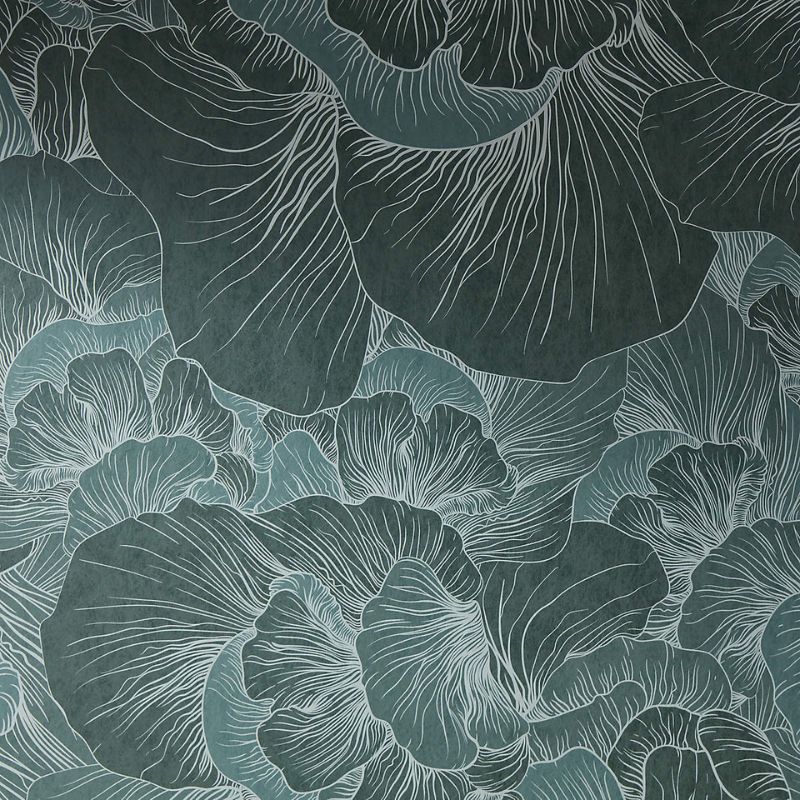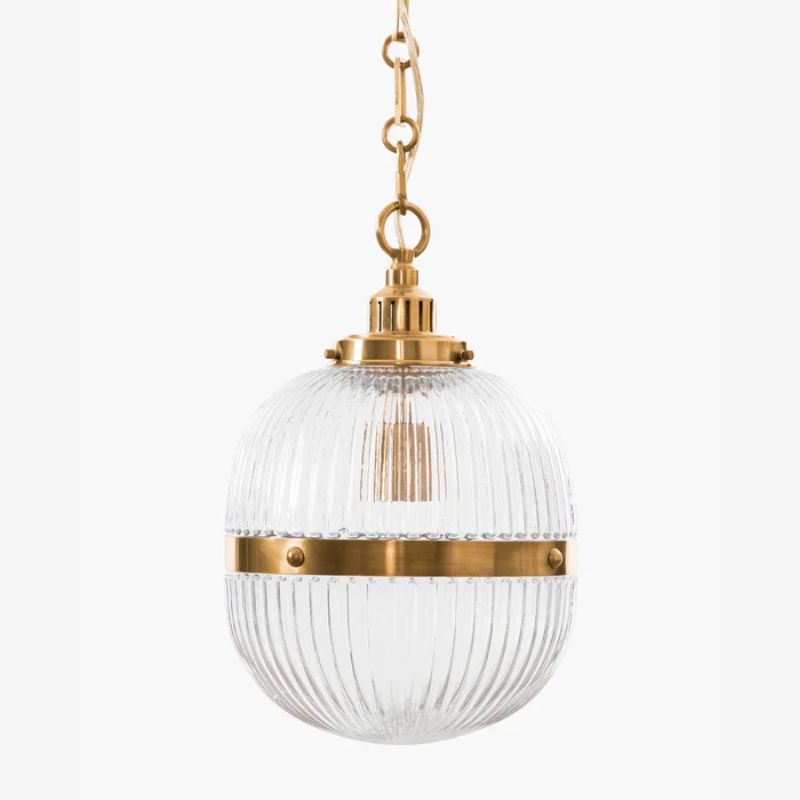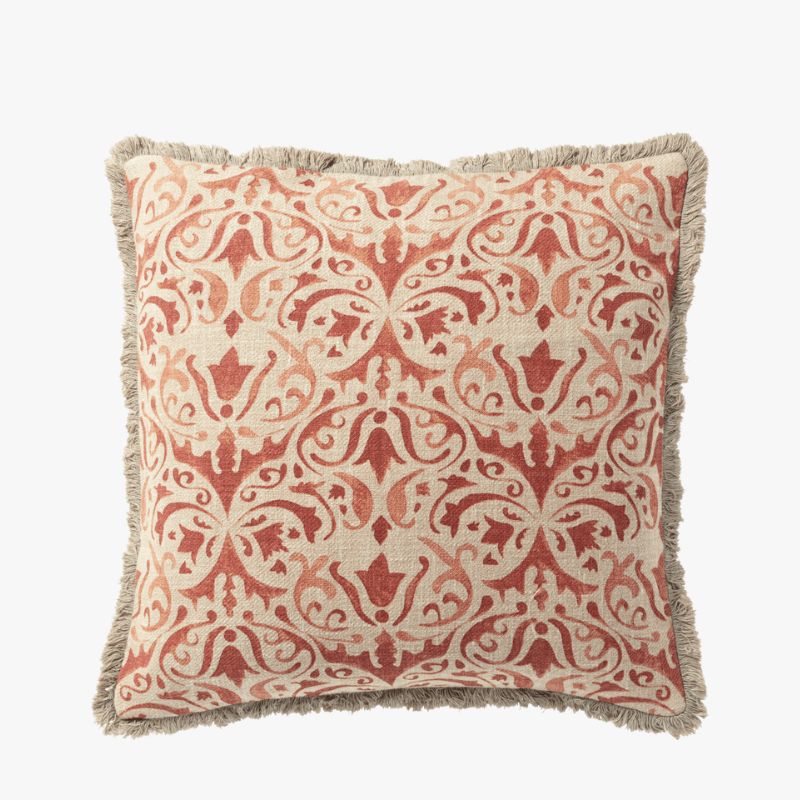
Victorian design is one of the most iconic styles. Dating back to the 1800s in the United Kingdom, the Victorian era was significant in many ways, not least for its influence on architecture and interior design.
But what exactly is Victorian interior design, and how is it referenced today in home decor? To understand this interior design style, we spoke to designers who discuss its key hallmarks below, which can provide some inspiration if your style leans decorative and traditional.
Before we delve into this design style it's worth noting that because the Victorian era lasted so long (over sixty years), naturally, its style evolved during this time. Because of this, it cannot be defined by one specific style and is recognized instead by the overarching, popularized design themes during this era.
'Victorian architectural design itself references various historic styles and I think this influences how well it accommodates design in a contemporary context,' explains architect and interior designer Shalini Misra.
What is Victorian style?
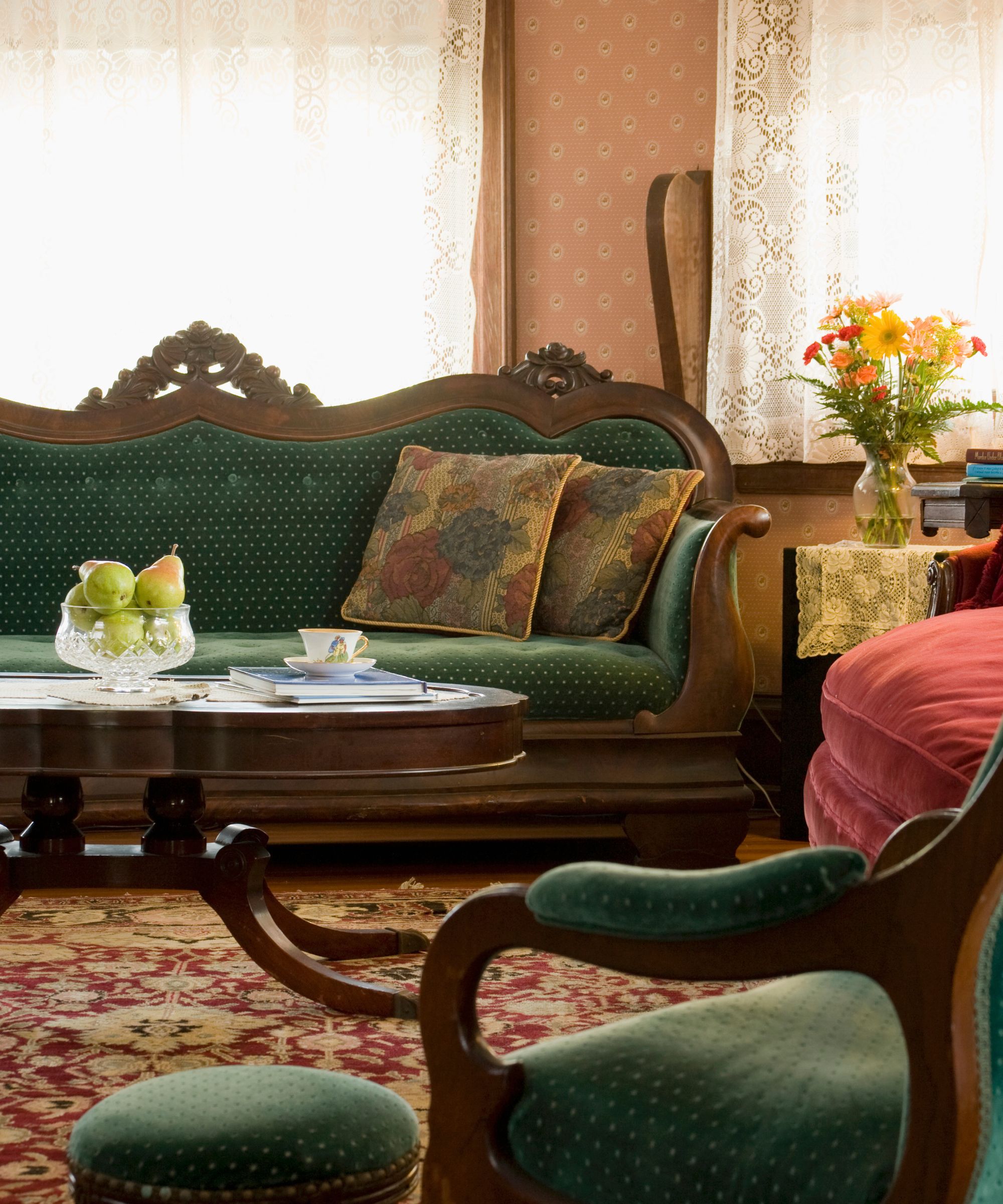
In the UK, Victorian-style homes are some of the most popular today, boasting desirable features such as high ceilings, intricate moldings, and large bay windows. By contrast, Victorian interior design is a lesser-seen style today and is generally not regarded as appealing.
In its true form, Victorian interior design had somewhat of a dark and drab feel. These rooms typically featured highly decorative furniture crafted from dark mahogany; upholstered furniture and damask; wallpaper with intricate floral patterns; and a rich color palette of dark jewel tones.
Martin Waller, founder of the global design brand Andrew Martin explains the reason why this aesthetic can be said to have a weighty feel: 'In the 19th century, decoration was overseen by the male-dominated upholstery retailers and cabinet makers. The result was the heavy, dark masculine interiors that we associate with the Victorian era.'
'Traditional Victorian rooms tend to combine intricate detail and ornate features with rich color palettes and decorative paneling,' explains Shalini. 'The weighty furniture, elaborate drapery, and luxurious upholstery typically seen in Victorian-era interior design often bring about a sense of opulence and grandeur. These features can offer an enveloping, intriguing experience but can sometimes feel heavy or even oppressive, particularly in spaces that don’t benefit from a good flow of natural light.'
But, like any design movement from the past, Victorian interior design is still referenced today, albeit without the dark feeling associated with this historic time. Today, interior designers, especially when working in properties from the Victorian era, reference its iconic design features to embrace a decorative look.
How Victorian style is embraced in interiors today
For Shalini, the best part of Victorian design is the generous proportions its rooms provide. The designer explains that by toning down its highly decorative elements, this style can be adapted for the present day.
'Because Victorian rooms are often large, with high ceilings and big windows, once some of the era’s more domineering interior trends are stripped back, you can be left with a space of exceptional volume and character,' observes Shalini.
'It is this architectural aspect of Victorian design that excites me most, and that has provided the canvas for so many of my projects.'
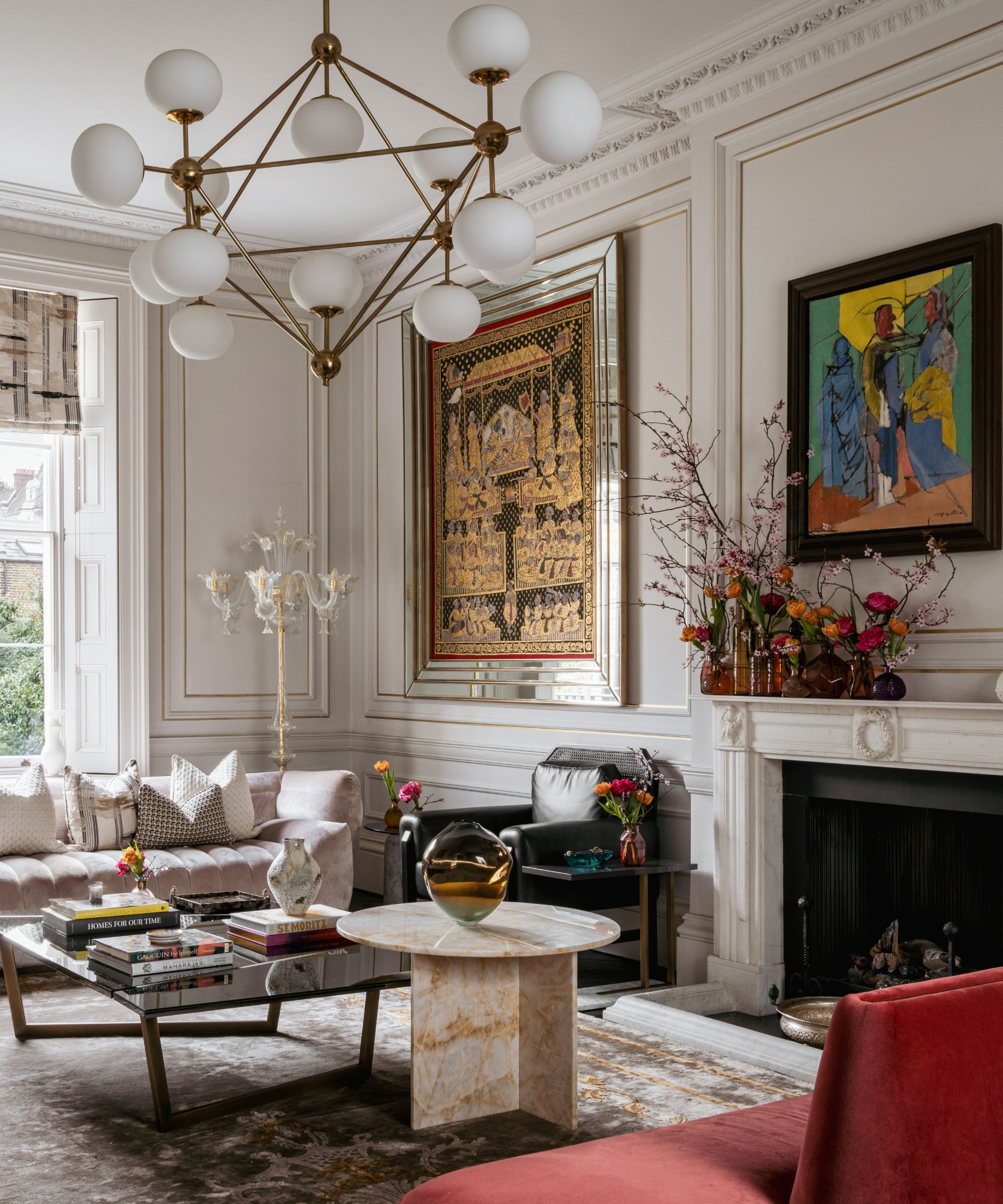
One such project is this London five-bedroom family home designed by Shalini, showing how traditional Victorian features can be revitalized in a contemporary way. 'Proportionately and spatially we altered the property unrecognizably, yet we retained its original moldings, fireplaces, cornicing, and much of the decorative paneling,' explains Shalini.
'Rather than date the spaces, these features have tied a diverse approach to interior design – which features pieces from all over the world both new and antique – together in a manner that feels eclectic yet works exceptionally.'
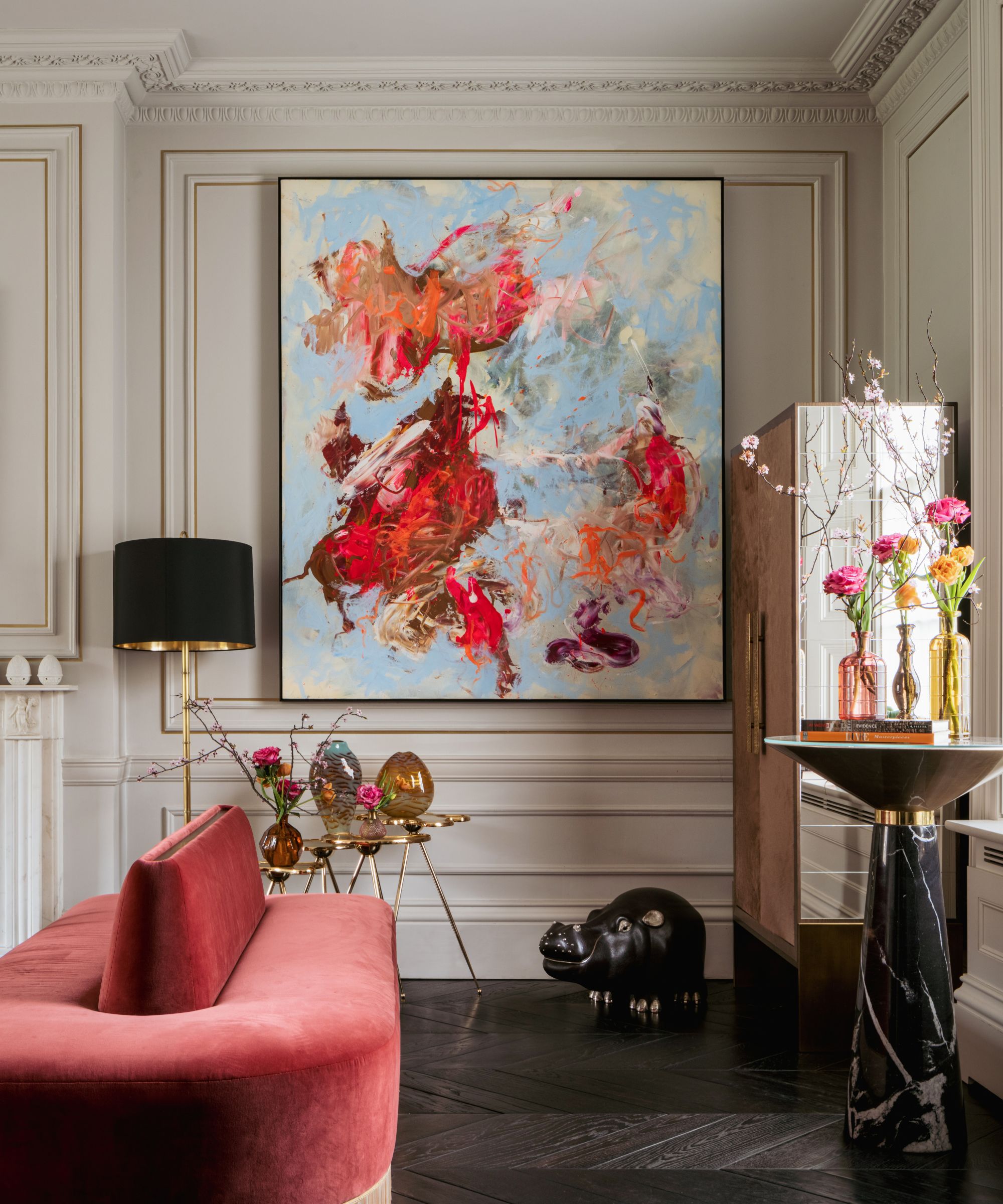
Decorating with color is another way to nod to Victorian design in home decor ideas today. More specifically, Shalini explains that decorating with jewel tones is generally seen as a hallmark of this design style.
'The Victorians were fond of jewel tones. I often use colors like ruby or sapphire when working on a project from this era, which ties the space back to its heritage and creates a dialogue between a decorative scheme and the architectural bones of a building. Carefully choosing these colors for their vibrancy means they feel vivid in a way the classic Victorian-era palette does not, yet gives it a fitting nod.'
Although the Victorian era encompasses many design styles, the overarching theme from this period is all about adding a sense of grandeur to the home. From the very bones of Victorian homes that boast desirable architectural details to the elaborate colors and fabrics present within Victorian decor, there's lots to take inspiration from.
To make a subtle nod to this classical design style in 2024, shop the below decor items to style throughout your home.
